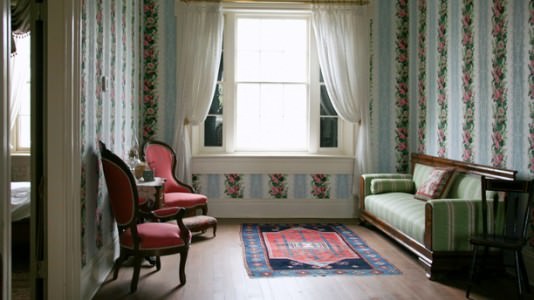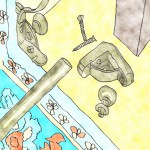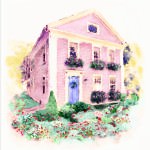
Across the nation early turn of the century houses still exist, and some remain well-preserved while other houses are in need of restoration. At the early turn of the century (entering 1900s) homes were normally an Antebellum architecture with antique interior and exterior. Existing shortly before year 1860 and most commonly seen in the South, Antebellum homes are known for its large box shape, wide balconies, and Greek pillars; designs that were extremely popular prior to the American Civil War.
Homesteads of its kind often housed many guests and gatherings. Why not? Antebellum homes have complete libraries and ballrooms and features neoclassic mouldings, staircases, and windows. The wear and tear in conjunction with age has these beautiful locations busted! These grand homes require immense upkeep due to the period of origin and finishes. Here are restoring a traditional house tips:
Restoring a Traditional House Tips
Gable Vents. Traditional gable vents are functional and wooden. During the Antebellum period the shapes and styles were limited, now there is a variety of options. If your gable vent is damaged, it must be replaced. Polyurethane gable vents resemble wood tremendously and is recommended. These vents are easy to maintain and install; they are also functional!
Frieze. Frieze can be of plaster or wood. Most commonly made of wood during the Antebellum term, restoring the wood frieze will be simple. Applying an oil primer and paint is all the work to be done once you have carefully removed the existing paint if any.
Hardwood. Although a sand and refinish will settle major surface defects, the original character will not remain. Therefore, a screen and recoat is recommended. This procedure is less expensive and less time consuming than a sand and refinish, and some impurities to your hardwood are masked or corrected. After the hardwood has completely cured, you will notice the new luster.
Indoor Wood Columns (also referred as Greek Pillars). The restoration process for the columns is similar to the frieze process. However, liquid wood should be used as a primer under an epoxy paste. Both substances are applied for durability and bonding purposes. Once the epoxy paste is applied to needed areas, mould and sand the hardened epoxy then paint.
Once you have completed these restoring a traditional house tips, your traditional home will be as good as new!
See how to distinguish a modern home…

This work is licensed under a Creative Commons Attribution 4.0 International License.





